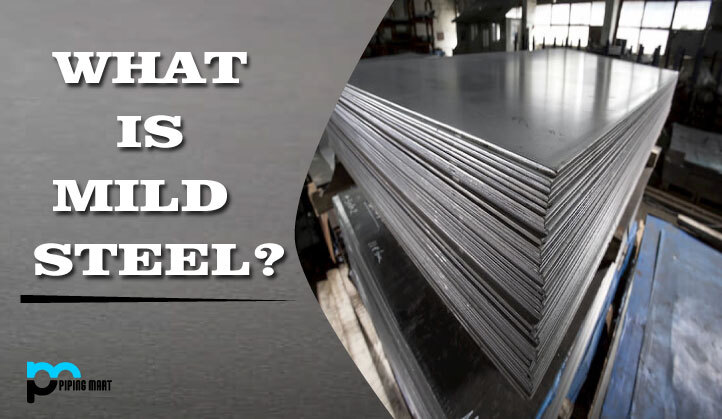When it comes to plating metals, tin and gold are two popular options for a variety of reasons. Both have their own advantages depending on the application. Let’s take a look at tin plating vs gold plating and their respective benefits.
What is Tin Plating?
Tin plating is the process of applying an extremely thin coating of the tin onto a surface. This type of electroplating offers many advantages, such as corrosion resistance, electrical conductivity, solder ability, ductility, low cost, and ease of use. Tin plating also creates an aesthetically pleasing finish that is often used in jewellery and industrial applications. It is also commonly used to protect surfaces from wear and tear. Due to its relatively low cost when compared to other types of plating, tin plating can be an economical choice for hobbyists or small businesses looking for a protective coating solution.
What is Gold Plating?
Gold plating is the process of applying a thin layer of gold onto another metal surface. This type of electroplated coating offers excellent electrical conductivity and corrosion resistance properties and improved reflectivity over other metals. It can also provide protection against wear and tear due to its thickness, making it ideal for industrial applications such as circuit boards or automotive parts that experience a lot of movement or friction. Gold-plated coats are also aesthetically pleasing, which makes them popular choices for decorative items or jewellery pieces where a luxurious finish is desired.
Difference Between Tin Plating and Gold Plating
Gold-plated coatings are significantly more expensive than tin platings but offer superior performance in certain applications where corrosion resistance or electrical conductivity are particularly important factors (such as circuit boards).
- Tin plating is cheaper than gold plating.
- Tin plating is more durable than gold plating.
- Tin plating is less likely to cause allergic reactions than gold plating.
- Tin plating does not require as much maintenance as gold plating.
- Tin plating can be used on a wider range of materials than gold plating.
- Tin plating produces a more matte finish than gold plating.
Conclusion:
In conclusion, both plating vs gold plating have their respective benefits depending on the application they’re being used in. Tin platings offer great corrosion resistance while still providing good electrical conductivity at an economical price point, making them great choices for small businesses or hobbyists on a budget who need a protective coating solution. Gold platings offer superior reflectivity, excellent electrical conductivity, and corrosion resistance, making them perfect for more demanding industrial applications like circuit boards where performance matters most. Ultimately it all depends on what your needs are, but understanding the differences between these two platings can help you make an informed decision about which one best suits your needs!

Abhishek is a seasoned blogger and industry expert, sharing his insights and knowledge on various topics. With his research, Abhishek offers valuable insights and tips for professionals and enthusiasts. Follow him for expert advice on the latest trends and developments in the metal industry.




